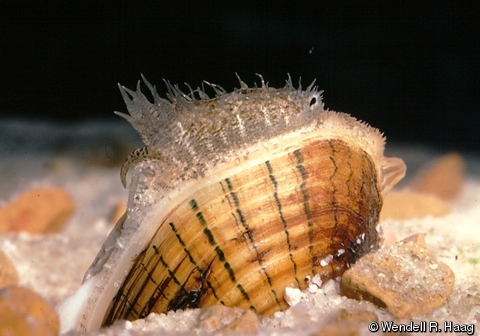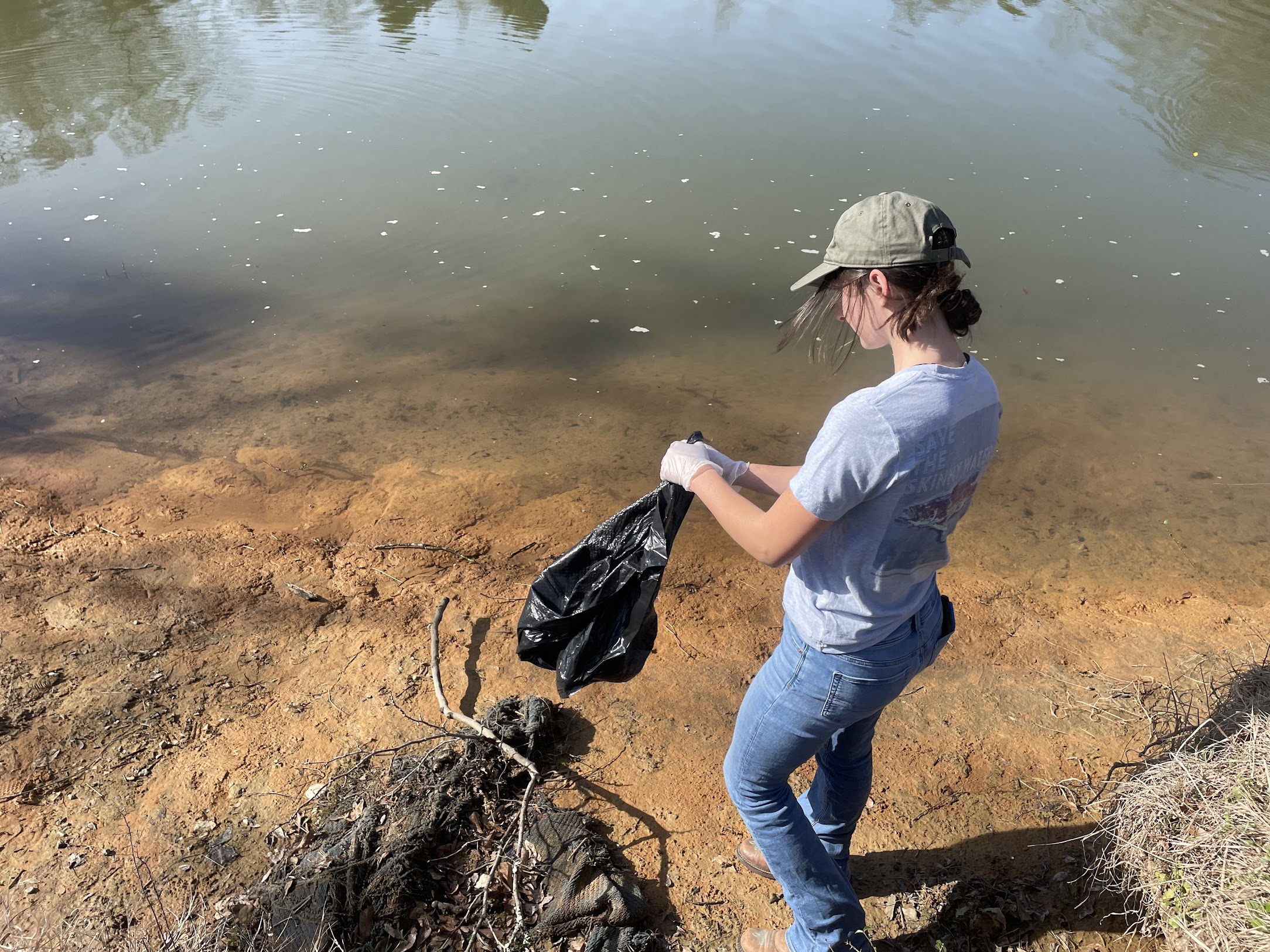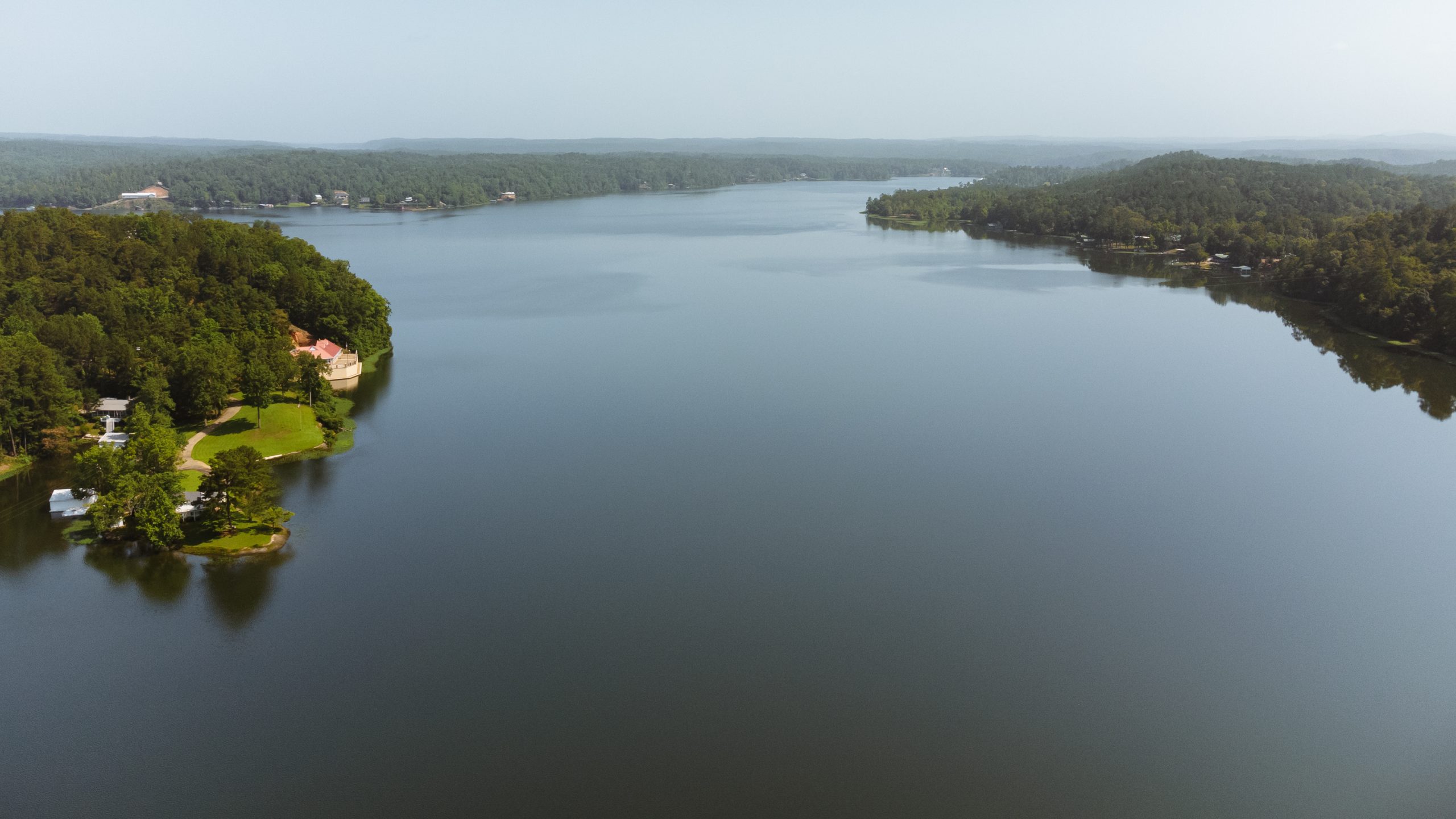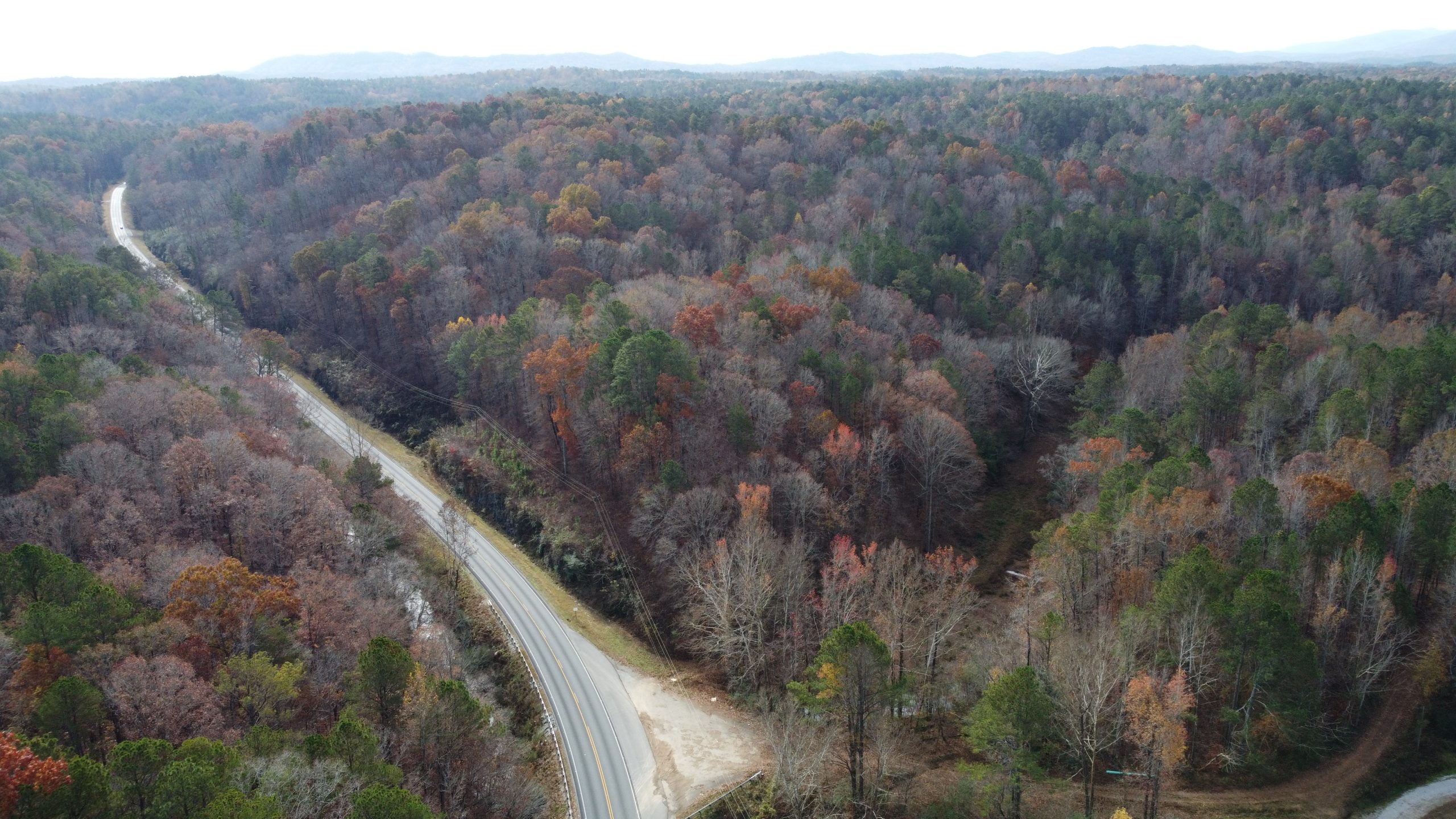Dams & Impoundments
sewage
Coal Ash
Impaired Waterways
Sediment
Nutrients
Coosa Dams
Due to the damming of the Coosa River, which began over 100 years ago in 1914, the Coosa is hardly a river in the colloquial sense, and it is more so a series of artificial lakes. The damming of the Coosa forever altered her history and course, but it is not just the main stem of the river which has been dammed. For many of her tributary streams, they have been dammed as well. For some dams still in use, we advocate for ways to reduce the impact the dam may have on the river. For those which are abandoned on smaller creeks, if the conditions are right, we look for partner organizations to help us remove the dam and restore the stream to allow fish passage and encourage paddling. Did you know Alabama is the only state that does not have a regulatory program to ensure that these dams are safely constructed and maintained to ensure that downstream water users and upstream property owners are protected? Learn more here.
Photo by A. Odrezin
see the dam generation schedule
There are seven Alabama Power dams on the Coosa River which hold back six recreational lakes used for fishing, lake homes, and boating. These lakes, upstream to downstream, are Weiss Lake, H. Neely Henry Lake, Logan Martin Lake, Lay Lake, Lake Mitchell, and Lake Jordan. These dams were constructed in the 20th century and converted a fast-moving river into a series of artificial lakes.
The construction of the dams also sent 36 species into extinction. According to the Center for Biological Diversity, this is the greatest extinction event in modern North American history. Alabama ranks 2nd in the nation in species extinction, and habitat loss due to stream impoundment is a major reason for this ranking.
The total generating capacity of the dams on the Coosa is 960,900 kW. None of these dams have locks; therefore, it is not possible to navigate from one lake to the other by boat. Paddlers interested in paddling the entire river may portage around the dams. Information on portaging around the dams can be found on the website of Alabama Scenic River Trail.
Hydropower Relicensing
When the Coosa dams came up for relicensing by the Federal Energy Regulatory Commission (FERC) in the early 2000’s, local and national conservation groups advocated for operational changes and infrastructure upgrades to better protect the river and the wealth of aquatic biodiversity, including many threatened and endangered species, at risk due to these dams.
In 2018, the conservation groups won a landmark legal victory when a federal court vacated the new insufficiently protective license issued to Alabama Power because the environmental review conducted by government agencies was unreasoned and not supported by adequate scientific evidence. Now, the fight continues as FERC continues its environmental analysis of the Coosa hydropower dams and begins to fashion a license that complies with the court’s order and takes into account the cumulative effects these hydropower projects have on the river and the life that depends on it.
Dam Removal & Safety
Dam Removal & Safety
Work is already beginning to remove unused dams from our streams. In November 2013, Coosa Riverkeeper and several partners removed an abandoned mill dam from Big Canoe Creek to restore connectivity, open up the stream for fish migration, restore aquatic habitat and curtail erosion.
The video shows the whole story in only 4 minutes!
If you enjoy paddling, please be aware of paddling around low-head dams. While all dams are potentially dangerous, low-head dams are especially dangerous because the water around them often appears to be tranquil and inviting. The victims of these dams include many would-be rescuers and first responders who lost their lives trying to save others caught in the hydraulic current.






